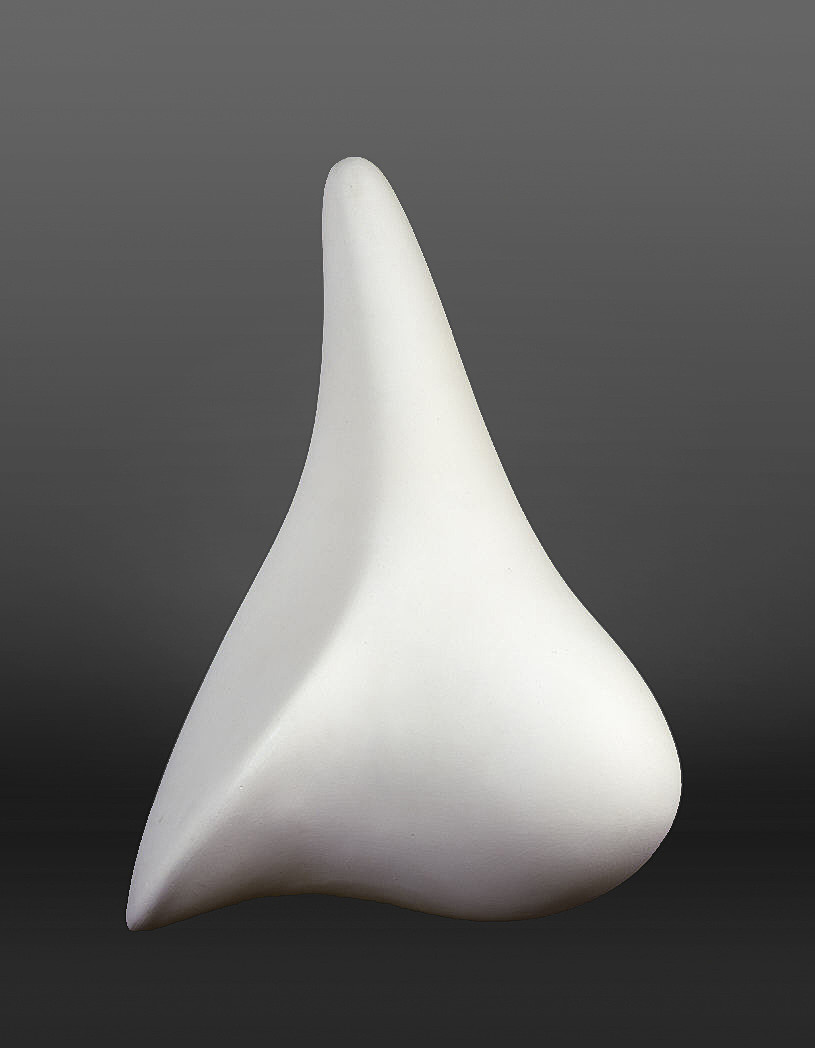 |
| Lobster Telephone, Salvador Dalí (1932) |
As with the Romantic and Classical eras of the 18th and 19th centuries, the Modern era of art is filled with many different movements. To focus on the Early Modern era first, I want to mention my favorite movement of the era: surrealism. Created after World War 1, surrealism was a tap into the unconscious mind, where artists depicted illogical or sometimes even dream-like scenes in their art (Barnes 508). A perfect example of this is Salvador Dalí’s Lobster Telephone sculpture. Dalí sculpted this piece in 1936 for the poet Edward James, Dalí’s main patron at the time (Dalí 340). In his autobiography (271), Dalí wrote, “I do not understand why, when I ask for a grilled lobster in a restaurant, I am never served a cooked telephone…,” which is strangely not the most out-of-place quote from his book. It was stated that for the artist, both lobsters and telephones had an erotic connotation, hence why the reproductive organs of the lobster were situated on the mouthpiece of the phone (Tate Art Galleries, “‘Lobster Telephone,’ Salvador Dalí, 1936 | Tate”). Dalí, like many Surrealist artists, depicted two objects that people generally wouldn’t associate with each other. This surprising gash in expectation is textbook surrealism. The illogical sense of it strikes a feeling of confusion and ultimately gets people talking about the piece. Although I can’t say for sure that I would want to own a sculpture like this, it definitely is humorous enough to warrant a laugh out of most.
 |
| The Story of Love, Giorgio de Chirico (1914) |
 |
| The Elephant Celebes, Max Ernst (1921) |
Another great artist and great work within surrealism has to go to the German painter Max Ernst’s The Elephant Celebes. Perhaps one of the most famous surrealist paintings and one of Ernst’s most famous works, The Elephant Celebes, perfectly shows the transition between the Dada movement and the beginnings of Surrealism. Celebes depicts a mechanical elephant based on a photo of a Sudanese storage bin and a German nursery rhyme, beginning with “The elephant of Celebes” (Barnes 131). The depiction of the elephant, the nude mannequin, or the fish next to airplanes in the background profoundly encompasses the surrealist traits of dream-like scenes. The painting was almost clearly inspired by the works of Giorgio de Chirico, whom Ernst studied under for a time. This can be seen from the gloved hand of the mannequin and the low horizons and dramatic lighting, all present in de Chirico’s The Song of Love. The background in the top right corner also contains what looks like smoke, perhaps in reference to Ernst’s unhappy time spent in WWI. The mechanical aspects of the elephant could also be an allusion to the ever-growing Industrial aspects of modern Europe, or it could very well just be the artist’s choice. Either way, The Elephant Celebes is one of my favorite pieces of this movement, and I hope to see it in person one day.
Dadaism
 |
| Metamorphosis, Jean Alp (1935) |
Before surrealism, the world was enamored with Dadaism, which was formed in direct response to the effects of WWI. It was based at the Cabaret Voltaire in Zurich, Switzerland, and served as a venue for artists, poets, and musicians to come together and create nonsense. Jean Arp, one of the movement’s founding members, was a key figure in shaping the era's art. His sculpture, Metamorphosis, encompasses what Dadaism strove to be. Today, looking at a Dada sculpture, many people would quickly classify it as abstract, whose deeper meaning is up for interpretation. I would argue the complete opposite for this era. Dadaism isn’t just abstraction but the freedom from the confines of traditional art. The interpretation behind the art isn’t there because they were meant to be nonsensical. Take, again, Arp’s Metamorphosis. The title and the curved edges of the sculpture allude to a deeper meaning, but all we can speculate about is its base-level opticality. It looks like something is changing into something else, but not much else can be interpreted. Because of sculptures like Arp’s, dadaism ranks as one of my least favorite art movements in history. For me, art has to have some deeper meaning embellished within. While it could be that sculptures like Metamorphosis have a deeper meaning, I lose almost all interest when I can’t determine them for myself.  |
| Bicycle Wheel, Marcel Duchamp (1913) |
Another excellent example is Marcel Duchamp’s Bicycle Wheel. While I won’t be the only person to critique this piece, it has a few pros. The idea of this sculpture broke contemporaries’ minds about what constitutes art. There could very well be a deeper meaning to this piece, perhaps that it breaks the stereotypes of what defines art, but the idea that there isn’t any deeper intellectual meaning makes this piece lost on me. Duchamp and Arp were fundamental in breaking down the public concept of art, but that doesn’t mean everyone will like it. My opinion is just one of billions, but it is just that, an opinion.
Works Cited
Barnes, Rachel. The 20th Century Art Book. 1996. Phaidon Press, 1996, p. 508, archive.org/details/20thcenturyartbo0000unse/page/508/mode/2up. Accessed 22 July 2024.
Dalí, Salvador. The Secret Life of Salvador Dalí. 1942. Translated by Haakon M. Chevalier, Second paperback reprint, Alkin Books, 1993, pp. 271–345, archive.org/embed/secretlifeofsalv0000dali_g4o7. Accessed 22 July 2024.
Guggenheim Museum. “Metamorphosis (Shell Swan).” Guggenheim, 1935, www.guggenheim.org/artwork/260.
Tate Art Galleries. “‘Lobster Telephone’, Salvador Dalí, 1936 | Tate.” Tate, 2019, www.tate.org.uk/art/artworks/dali-lobster-telephone-t03257. Accessed 22 July 2024.
---. “Surrealism – Art Term.” Tate, 2022, www.tate.org.uk/art/art-terms/s/surrealism#:~:text=Surrealism%20aims%20to%20revolutionise%20human. Accessed 22 July 2024.
“The Elephant Celebes, 1921 - by Max Ernst.” Max-Ernst, 2010, www.max-ernst.com/the-elephant-celebes.jsp.





I've always loved surreal art! I had no idea it had connections with WWI, I wonder if it has any connections to the discovery of lucid dreaming (discovered in 1913)? A major worldwide war would cause me to want to disconnect to reality too. The Lobster Telephone is definitely one of those pieces that I question its functionally but applaud the creativity!
ReplyDelete